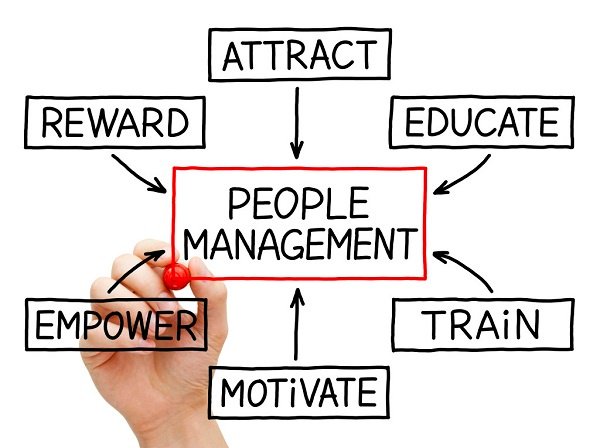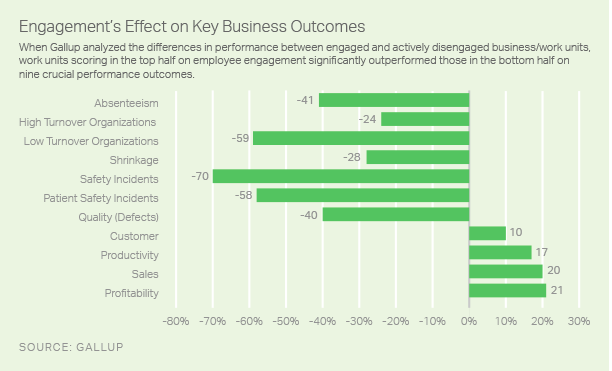Reduce Turnover through Employee Engagement and Accountability
The latest data out from the Bureau of Labor Statistics shows that the unemployment rate is at it’s lowest point since the recession and that the labor market is verging on full capacity.
While this is good news for the US economy, it means that you, as an employer, cannot afford to lose even one valuable employee. Turnover is expensive.
A paper for the Center for American Progress determined the average cost of turning over a highly skilled job is 213% the yearly compensation for that job!
You can no longer assume that you will be able to find a replacement for your most important people. Engaging and retaining your workforce needs to be a top priority.
 Ensuring high employee retention rates starts with empowerment, motivation and the right training.
Ensuring high employee retention rates starts with empowerment, motivation and the right training.
Engagement
Engaged employees feel a connection to their employer. They are motivated to contribute to organizational success, to innovate and to go beyond the requirements of their job. Meta-analysis research completed by Gallup in 2016 confirms that employee engagement positively affects performance outcomes such as customer ratings, profitability and productivity, and it significantly reduces employee turnover.
Researchers studied more than 82,000 work units and found that work units in the top quartile of employee engagement experienced significantly less turnover, shrinkage and absenteeism than those in the bottom quartile.

These results were consistent across organizations from different industries and across different countries. With these numbers, you can’t afford to ignore employee engagement.
The Secret
How can you, as a leader, engage your employees? In recent years, companies have been led to believe that they can create happy and engaged employees by giving crazy perks and by providing a stress-free working environment.
How many Millennials have you heard talking about the beer keg in their employee break room? It brings to mind the self-esteem parenting movement of the 80s and 90s that championed giving everyone a trophy.
Many experts think that these loving, well-intentioned parents created an entitled generation with few problem solving skills and an intolerance to criticism. Don’t make the same mistake with your employees. Instead, engage your workforce by giving them a framework of accountability that will develop independence, confidence, and capability.
5 Steps to Employee Engagement
- Give them challenging projects that require their best effort – let them know that the success of the project depends on their work and their success.
- Give them clearly defined expectations and goals. Tell them what you expect of them in terms of milestones and deliverables. Let them know that they can come to you when they run into problems.
- Let them go. Give them some credit for being able to figure out how to achieve the goals you have set out.
- Hold them accountable every time. No one learns without consequences. There is nothing like the sense of pride and engagement that comes from performing a job well and from contributing to the larger success of a project.
- Give them feedback. Act as both manager and mentor. Today’s employee craves opportunities for growth and they see a trusted manager as a teacher.
Learn more by downloading our Ultimate Guide to Accountability in the Workplace here:

By developing a framework of personal responsibility and accountability, you will create engaged employees. They will be motivated to work for your organization’s success, to innovate, and to go beyond the requirements of their job and they will stay at that job longer. All of these are good for your bottom line.
CommandHound is a tool that has been developed from the ground up to drive accountability. Would you like to learn more?
